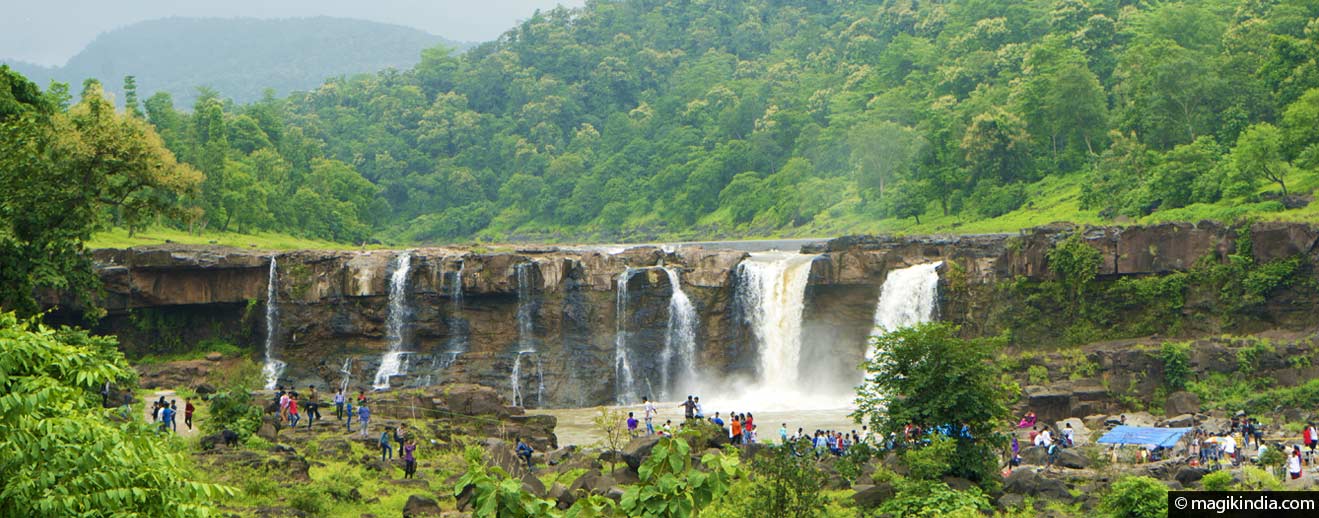
Saputara, the monsoon hills of Gujarat
Saputara ‘the abode of snakes’ in the local language is a charming hill resort of Gujarat perched at 1000m altitude on the Sahyadri hills bordering the state of Maharashtra. It is surrounded by lush forests dotted with typical villages inhabited by the Dangs, a tribal community known for its impressive acrobatic dances. The best time to visit Saputara is during the monsoon, when it is covered with an intense green carpet and when the mist gives the landscape a mysterious atmosphere.
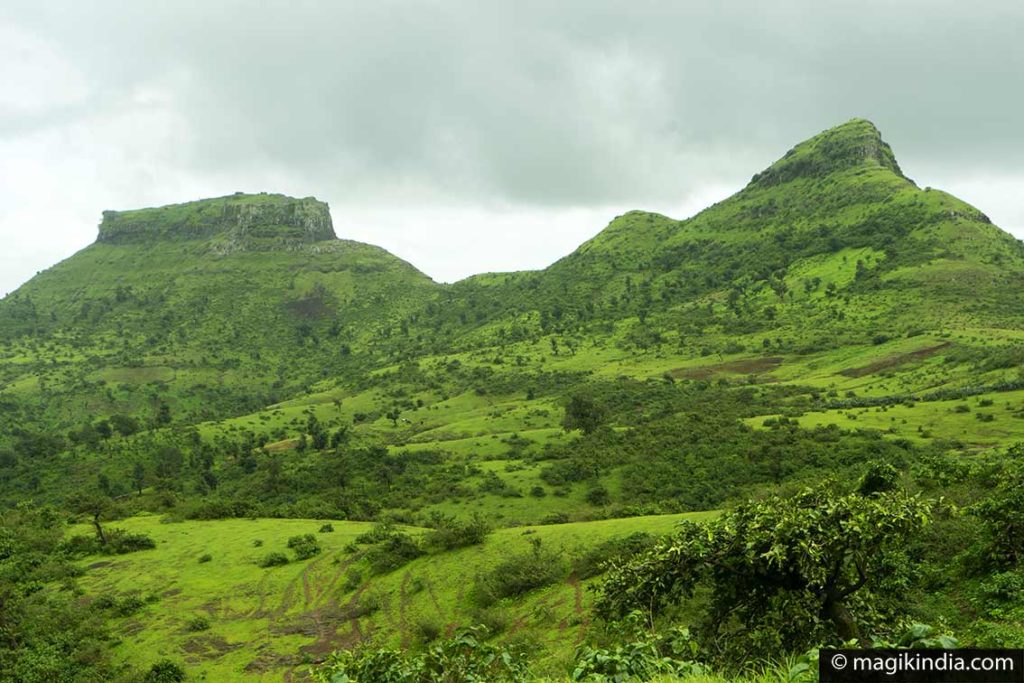
The name ‘Saputara’ (the abode of snakes) is derived from the serpent deity worshipped by local tribes. There is a small stone idol of this snake deity on the shores of lake Sarpganga where the tribes gather during the festivities of Holi and Nagpanchmi (the snake festival) to pay homage to it.
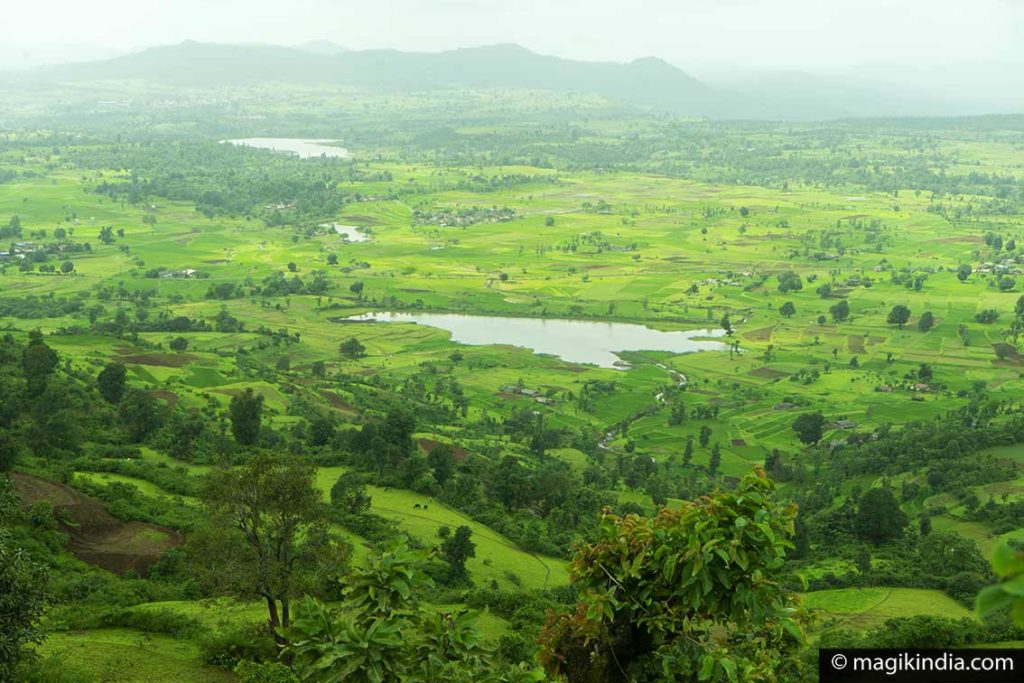
Monsoon festival of Saputara
The Monsoon Festival of Saputara is held in August-September. The festival aims to promote the beauty of the hills and tribal culture of the Dangs. For one month, cultural programs are organized including the famous acrobatic dances of tribal communities Dang.
The tribal dances of the Dang are spectacular to watch. They are usually performed during major Hindu celebrations such as Diwali or Holi or during wedding ceremonies. One of the most famous dances is the ‘Dangi Nritya’: the dancers, men and women, move in concentric circles held by the waist, to the rhythm of percussion and wind instruments.
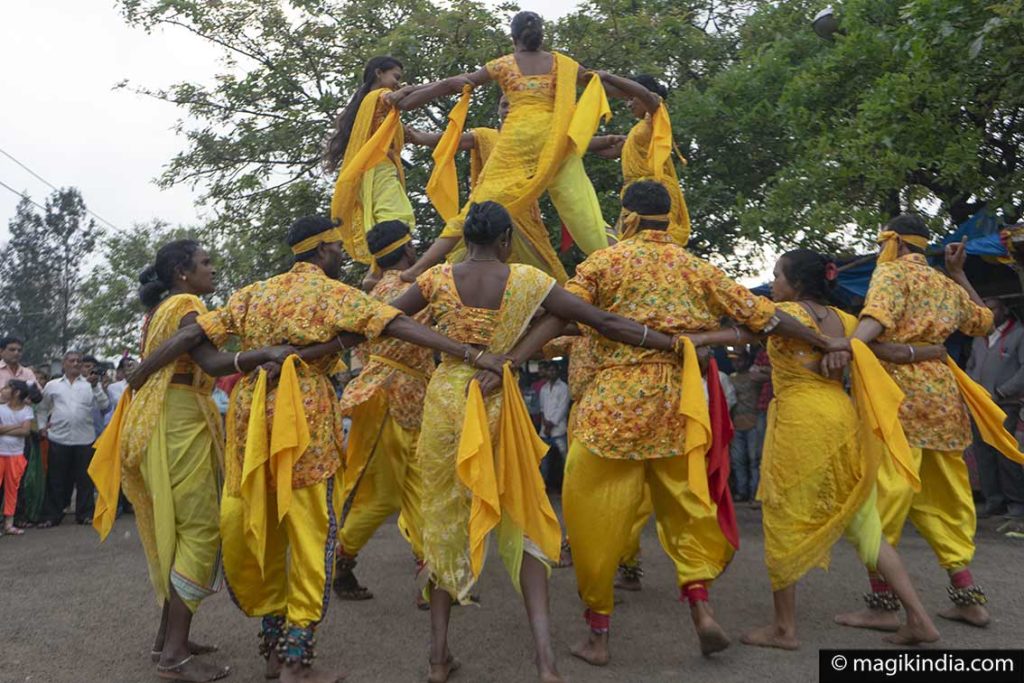
One of the most amazing aspects of this dance is the creation of a human pyramid. The women stand on the shoulders of men and form several choreographies sometimes representing the goddess Durga or Lord Krishna, while continuing to dance in a circle.
And now, let’s visit Saputara !
Sarpganga, Saputara lake
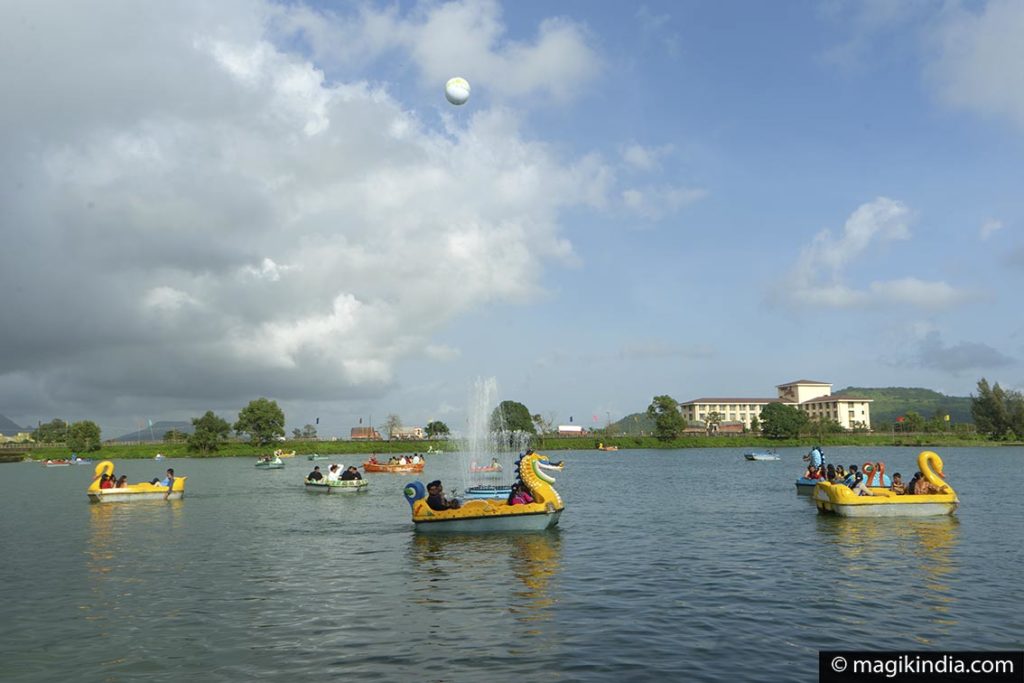
Saputara lake is located in the center of the city surrounded by lovely hills. It offers water activities and recreational activities. You can rent different types of boats and pedal boats. It is also the venue of the Saputara festival.
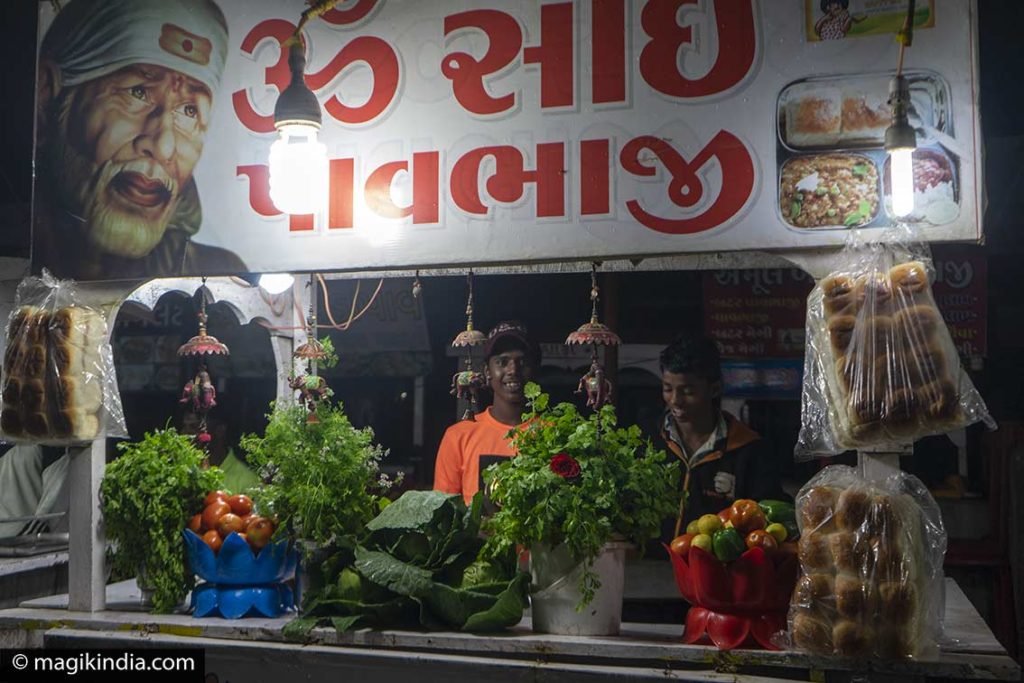
On the north shore of the lake, in front of the Tribal Museum, there are several food stalls that come alive at night. Do not miss Saputara’s specialty: the lemongrass chai!... one of the best chai I’ve ever had to taste!
[ Watch! Lemongrass chai in Saputara ]
Tribal Museum
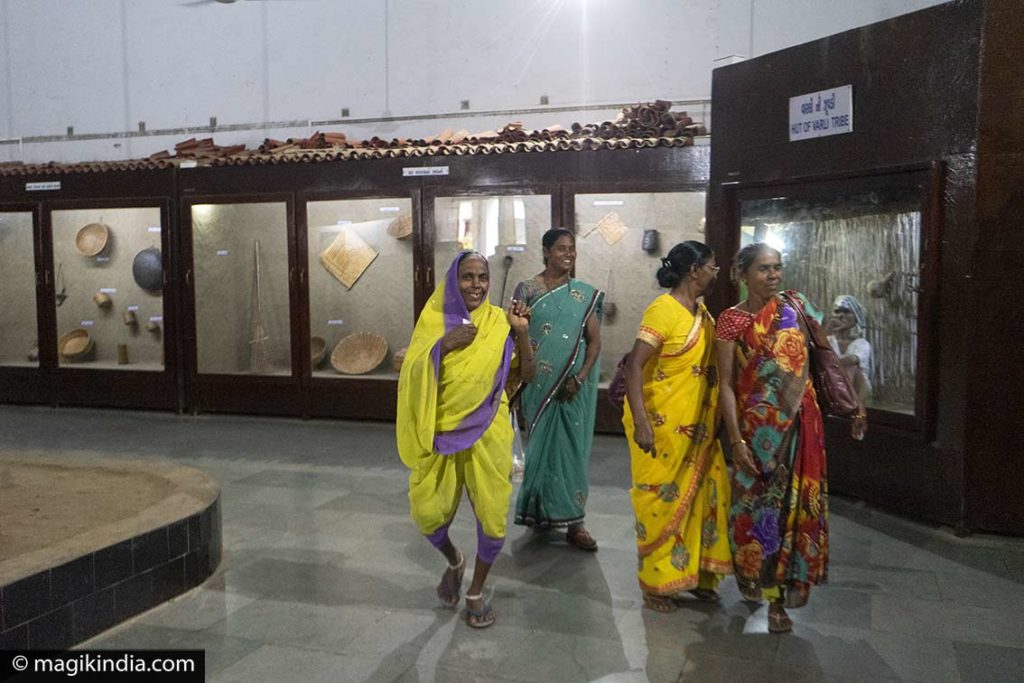
The Saputara Tribal Museum is an introduction to the lifestyle and customs of Dang tribes. Masks, clay objects, musical instruments among others are on display.
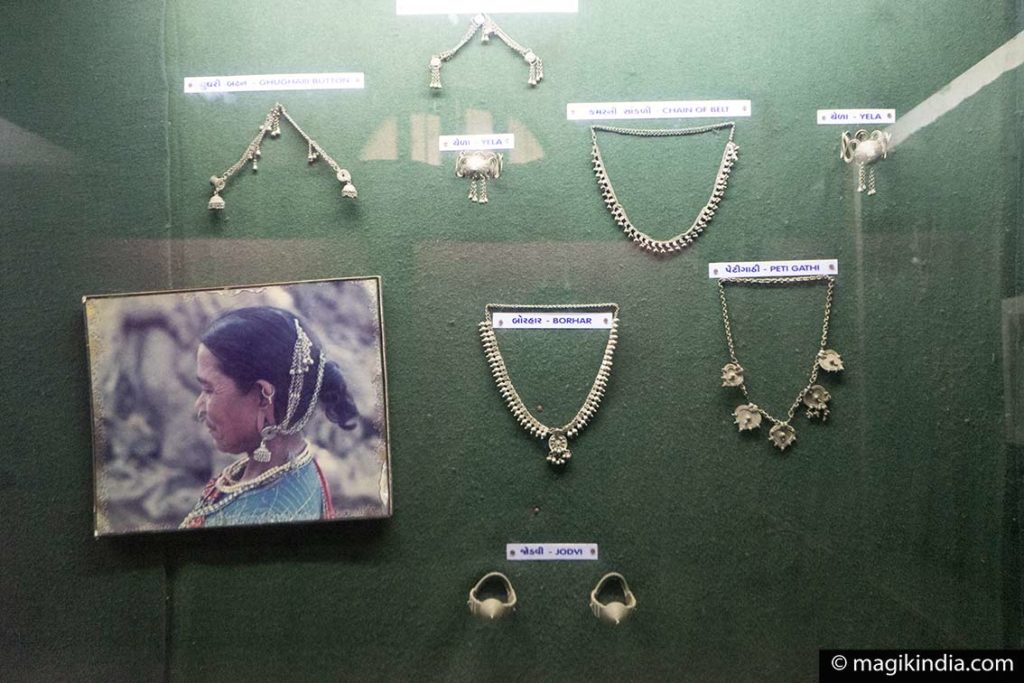
Jain Temple Gajabhishek tirth
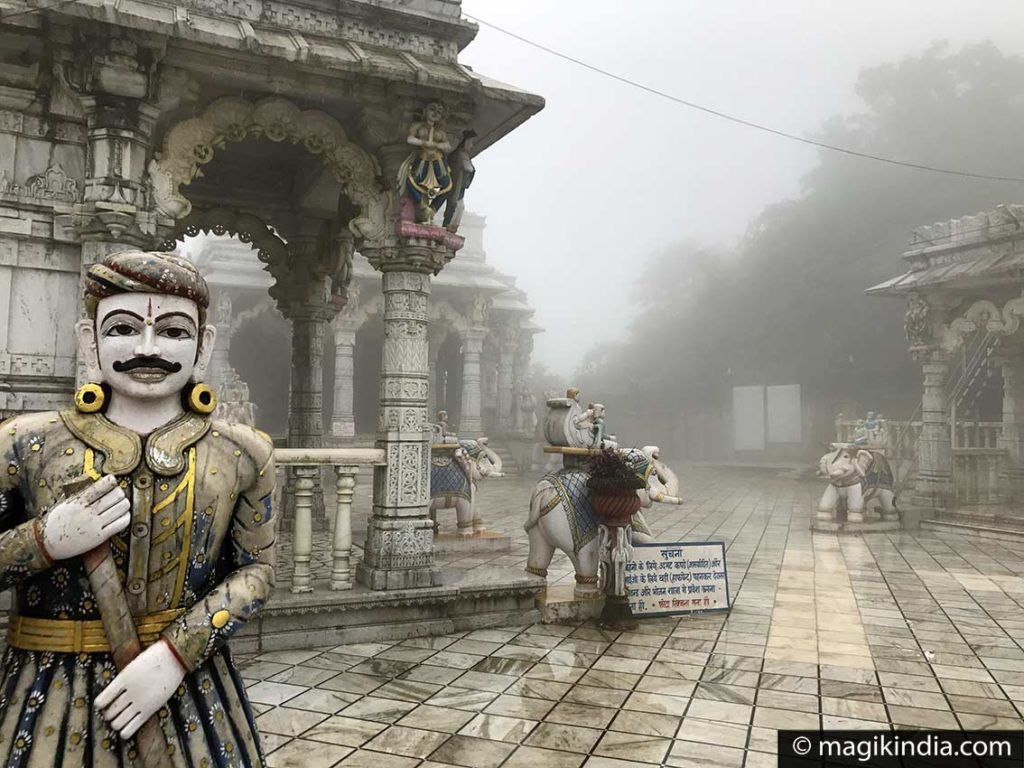
This Jain temple is famous for its 500-year-old idol of Shri Chintamani Gajabhishek Parshwanath. The temple also has lovely sculptures on its doors and arches.
The Jain community offers simple housing near the temple.
Nageshwar Mahadev Temple
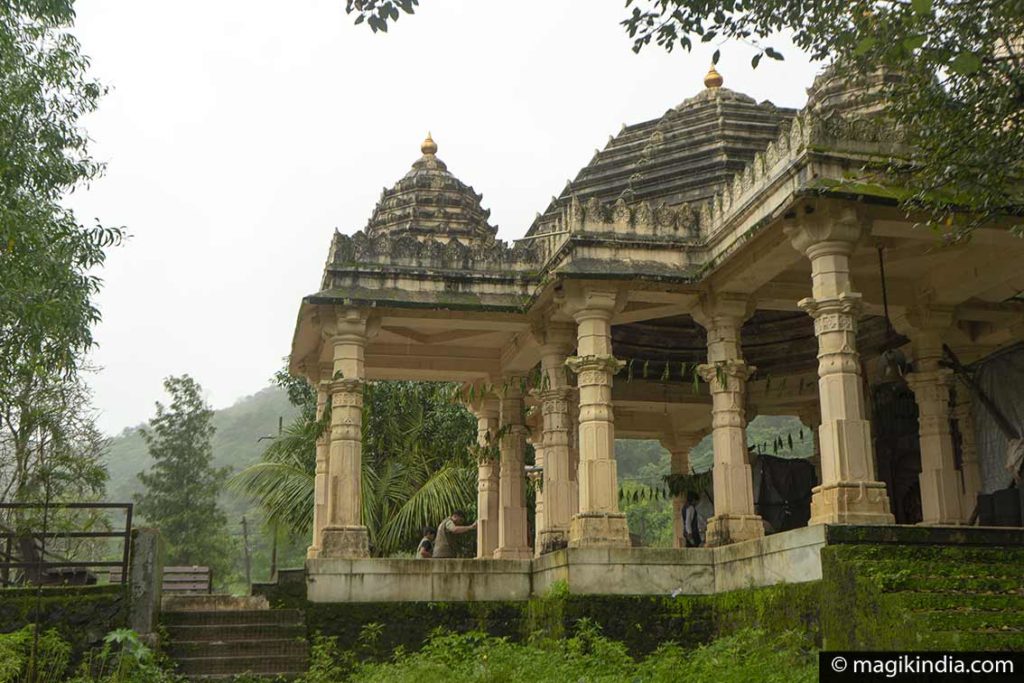
Located at the southern end of Saputara Lake, Nageshwar Mahadev Temple is one of the most famous sanctuary of the hill station The main deity is Lord Shiva who is worship here as the God of snakes (Nageshwar) in the form of a Swayambhu Shiva-lingam
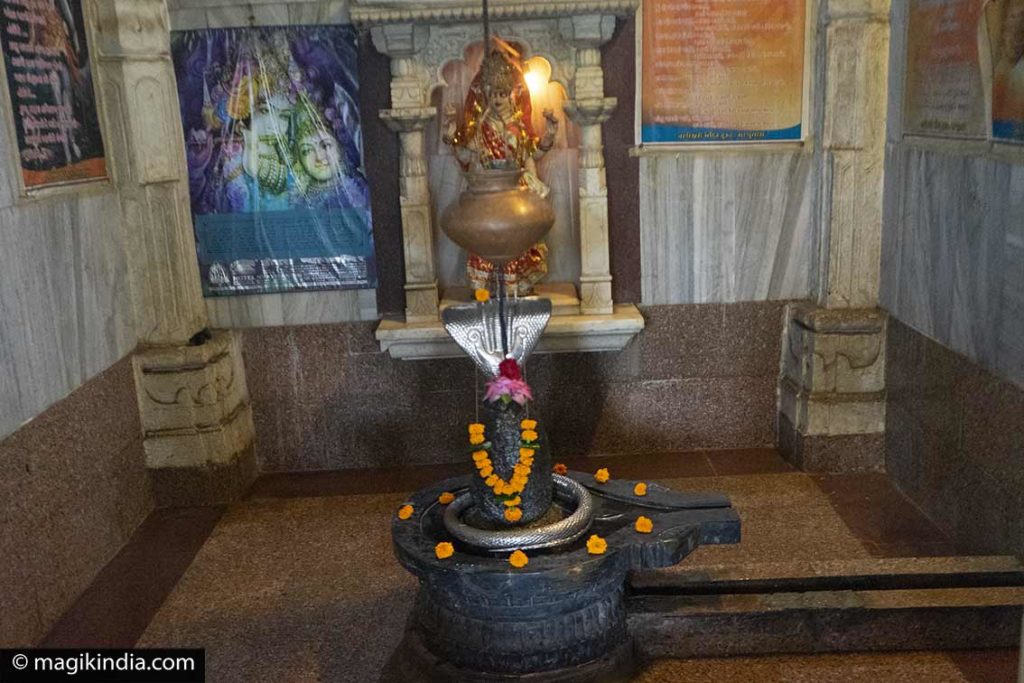
Bee centre
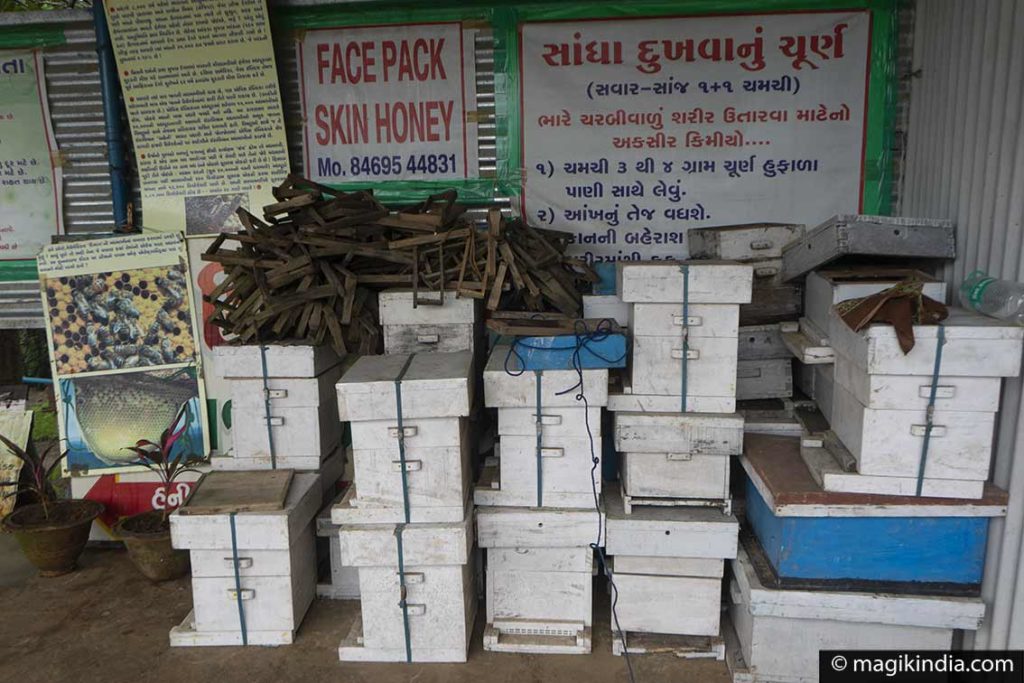
Located near the Lake Garden, the bee center shows all the stages of honey making as well as the different kinds of hives used in the Saputara region: tree trunks, clay pottery, straw baskets, etc. You can also buy excellent organic honey produced by the center and different products from the hive.
Ahtavinayak Ganesha Temple
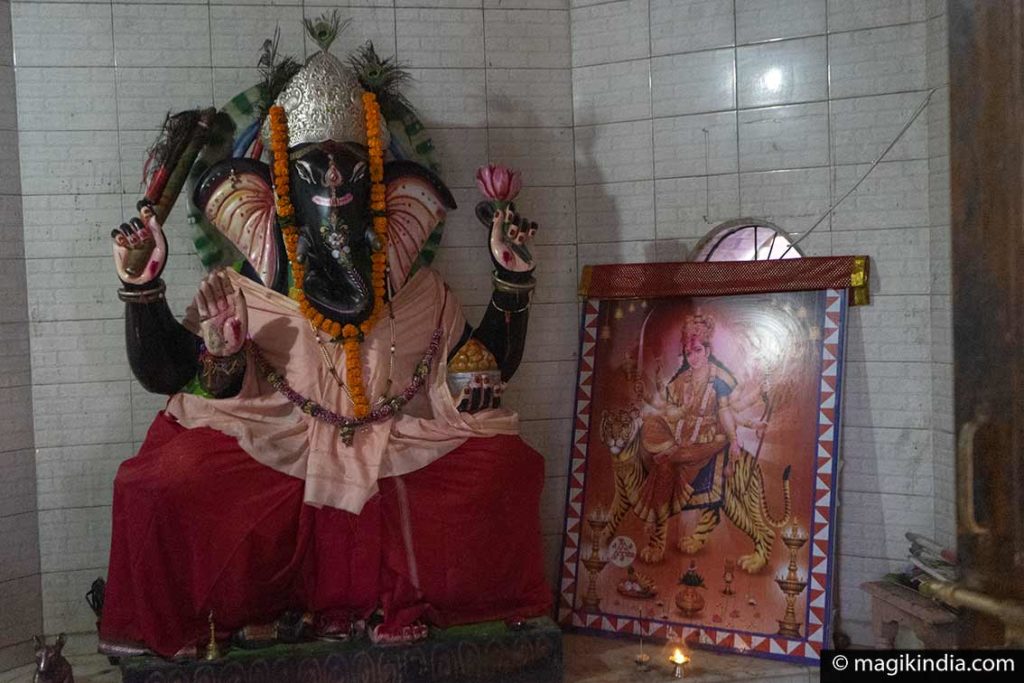
This Ganesha Temple is located in Navagam Village, about 1.5 km away from Saputara. It has the particularity of showing eight different forms of Lord Ganesha.
Dang district
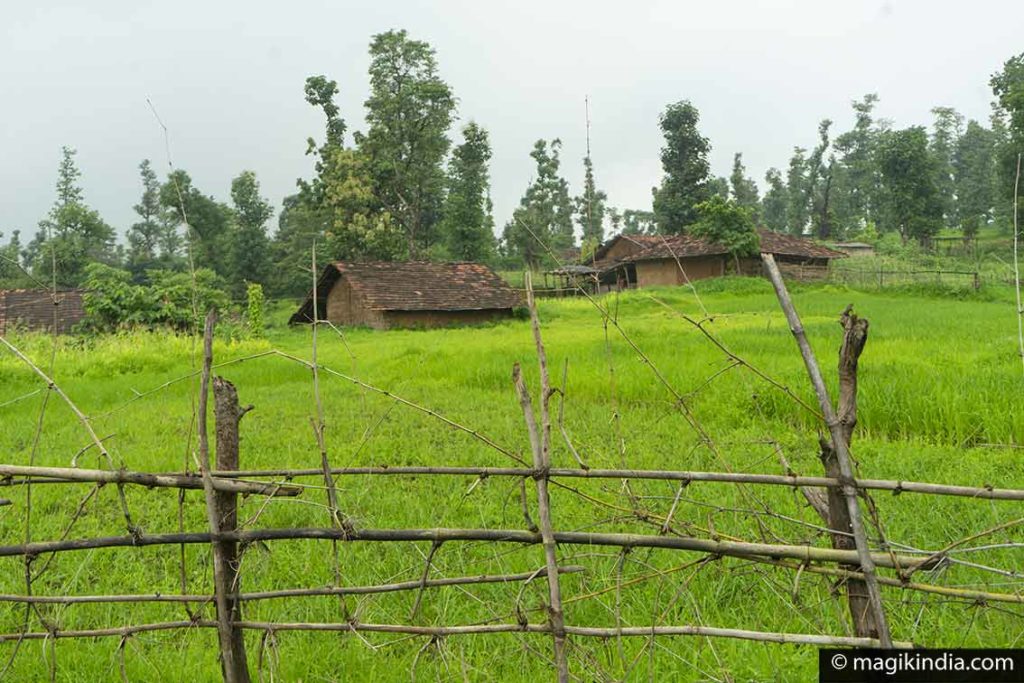
When we leave Saputara and take the direction of the East, we come across the district of Dangs, a sub-tribe of Bhil. With an estimated population of about 3 million, Bhil is the second largest tribe in India. It resides mainly in Rajasthan, western Madhya Pradesh, Gujarat and northern Maharashtra.
The administrative headquarters of the Dang District is located in Ahwa and includes the Purna Nature Reserve where the Girmal Falls are located (see below).
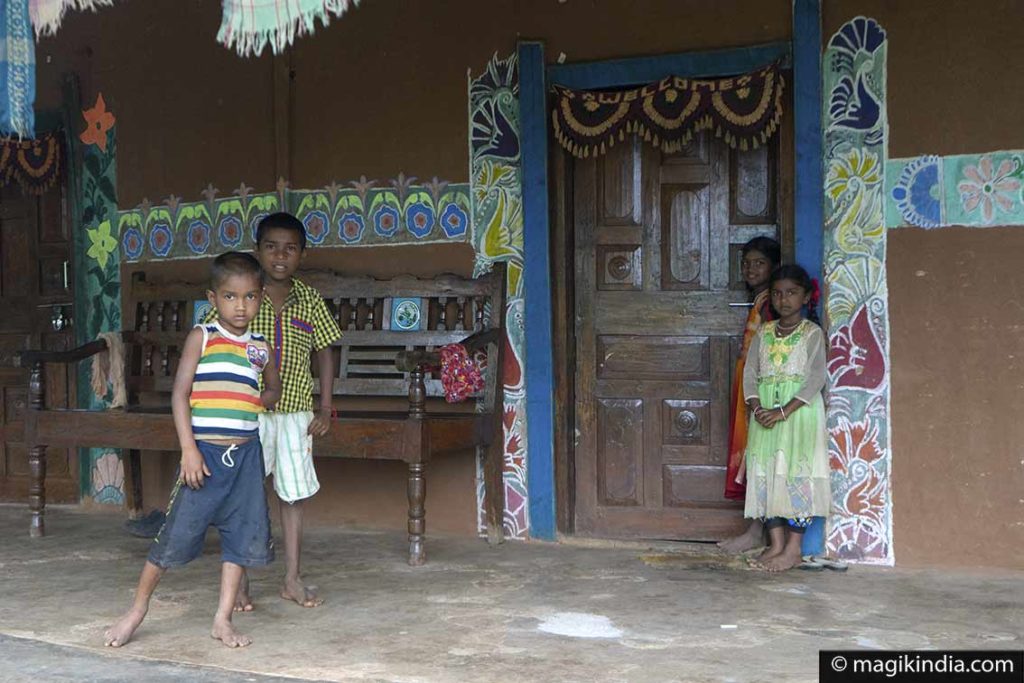
Ahwa is a small village known for its ‘Dang Darbar’, a tribal fair organized during the Holi festival. The village is also boasts Dandkeshwar Mahadev Temple dedicated to Lord Shiva.
This district includes lovely typical villages nestled in an exuberant nature especially during the monsoon season. The Dangs are discreet people but the ice is quickly broken when the photo shoot starts!
[ Video: Traditional fishing of Dang women ]
Gira falls
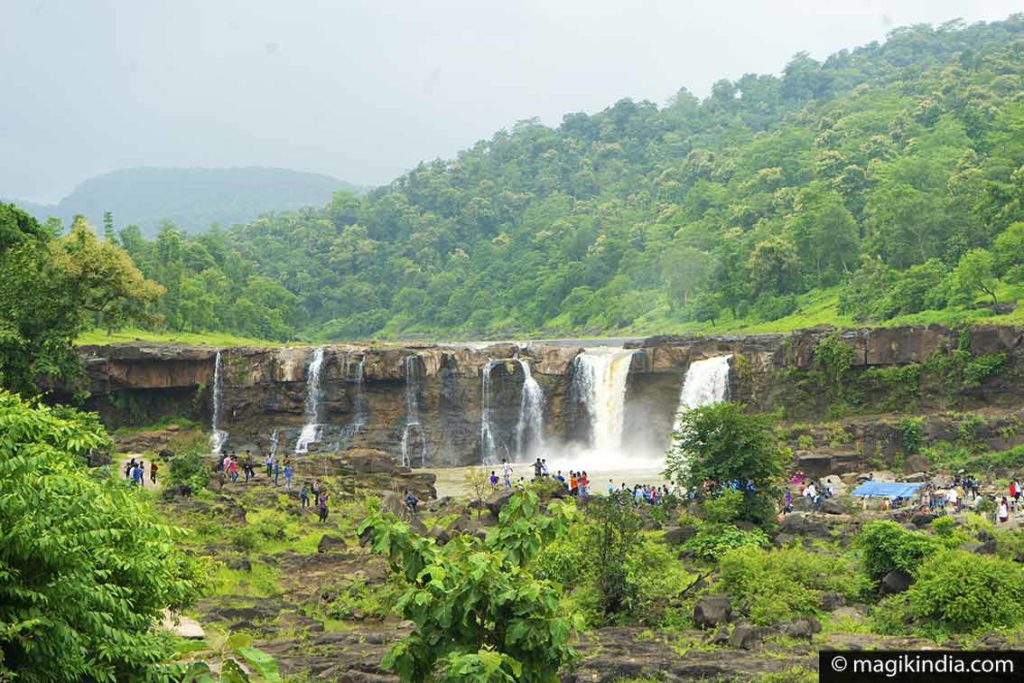
Located about 3 km from Waghai City and 50 km from Saputara, these seasonal falls are among the most scenic spots in the Dang District and there are only visible during or just after the monsoon. they are formed by the Gira River and flows 20 meters down into the Ambika River.
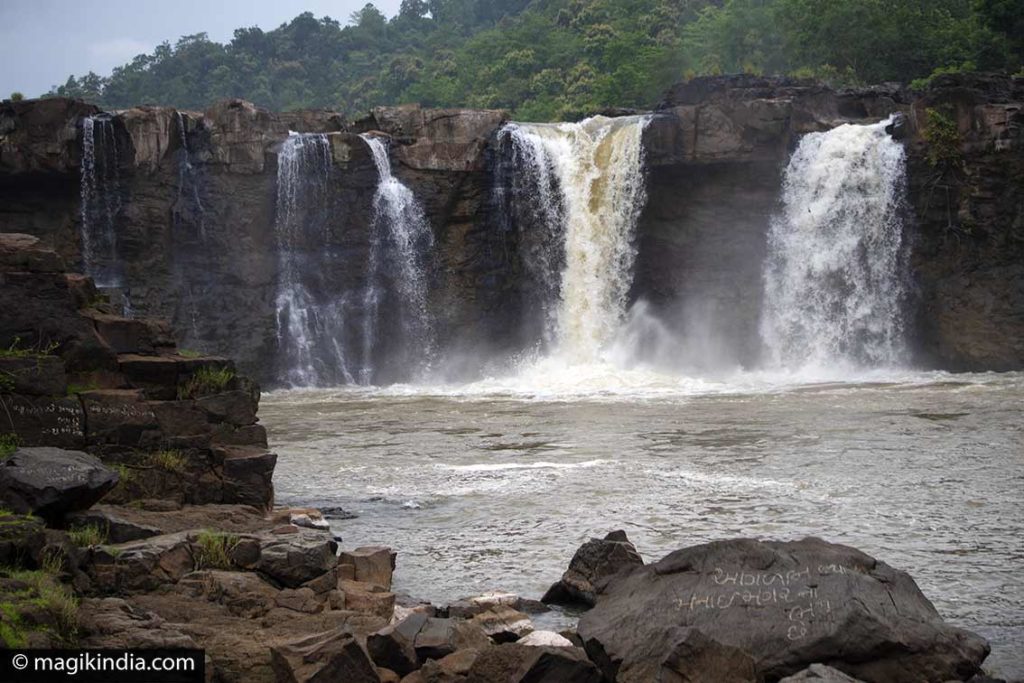
Girmal fall
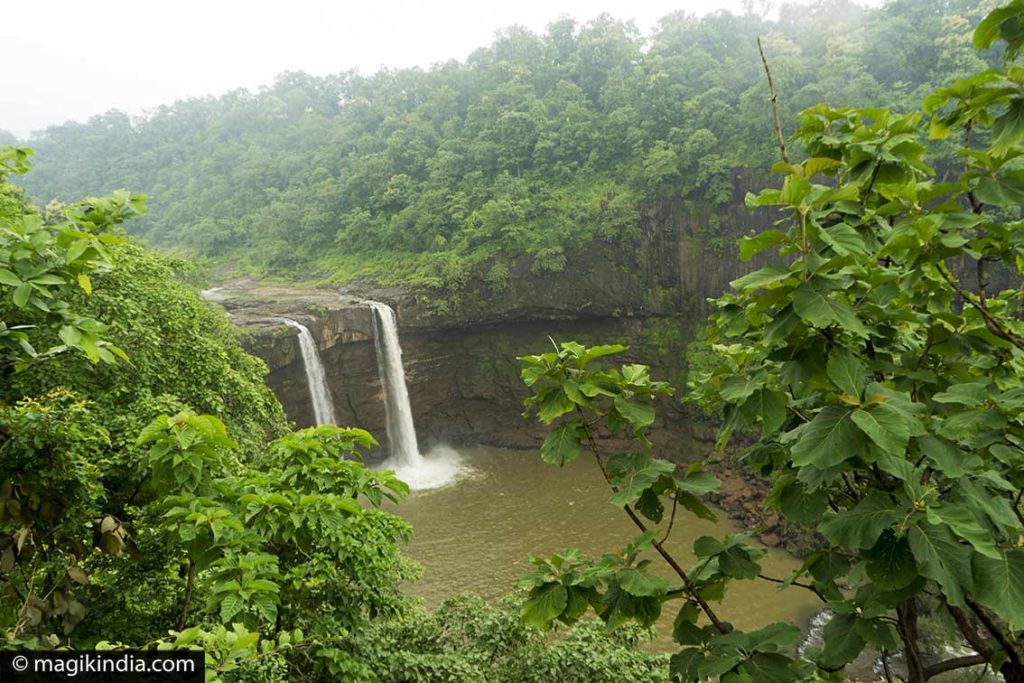
Two hours from the Gira waterfall heading east in the Purna Nature Reserve, another beautiful waterfall awaits us which flows into a canyon 30 meters below offering a magnificent natural show. The region around Girmal has a rich flora and is also suitable for trekking.
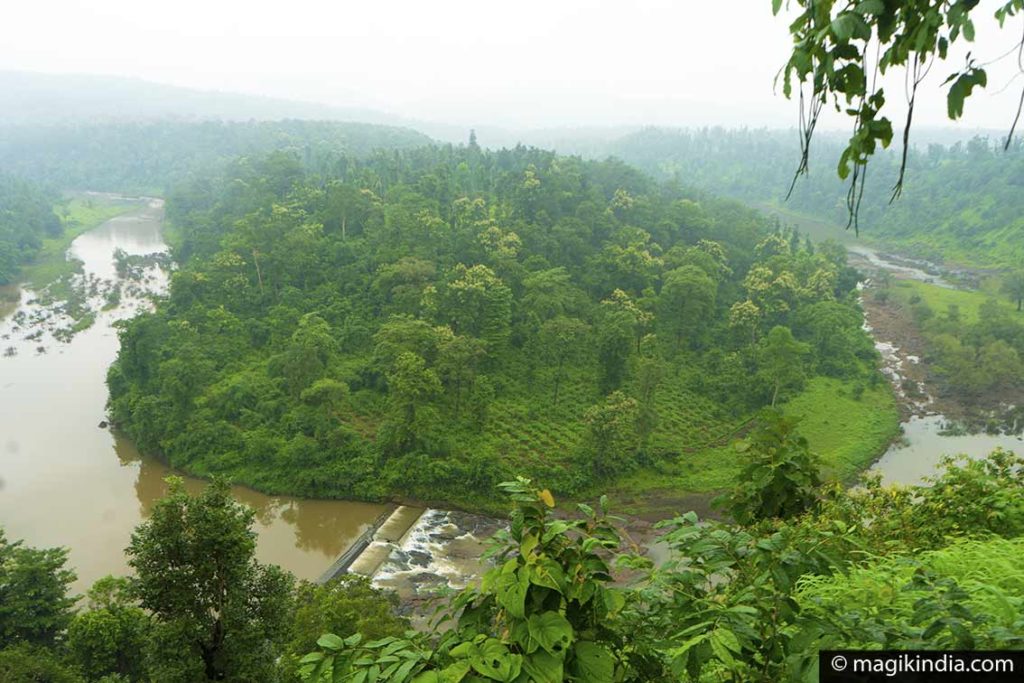
Shabari Dham & Pampa Sarovar

Returning to Ahwa, we find the Shabari Dham Temple, located on a hill near the village of Subir. This temple is a popular destination. Legend has it that when God Rama and his brother Lakshmana went in search of Sita, the wife of Rama abducted by the demon Ravana, they stopped on this hill where they met Shabari, a woman of the Dang tribe, who offered them berries called ‘ber’. The stones on which they sat to eat these berries are now worshipped in the temple.
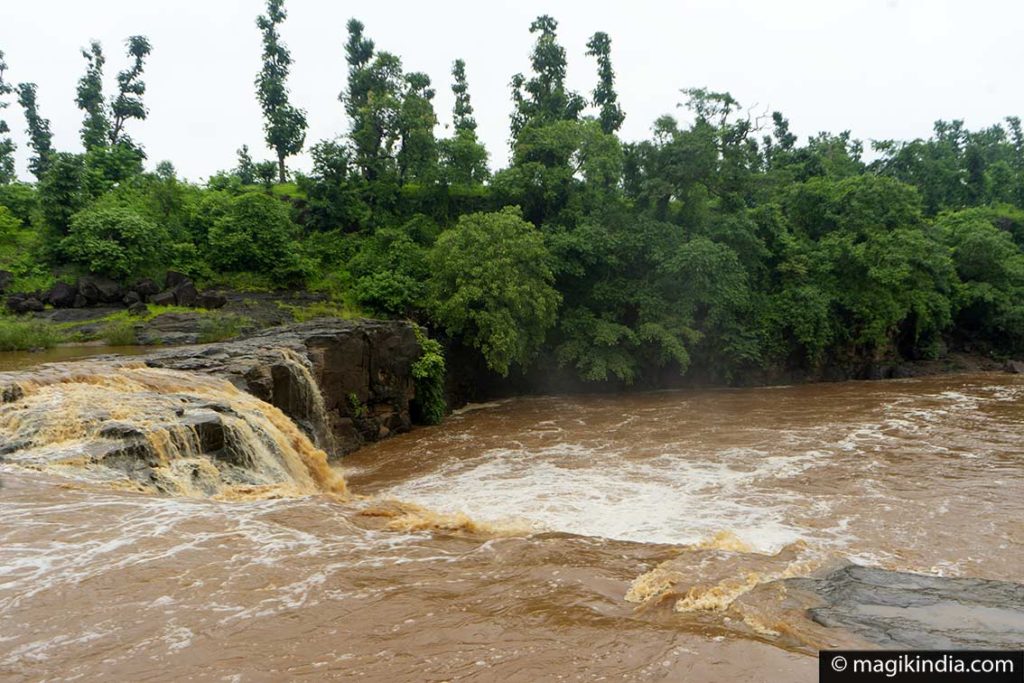
About 6 km from Shabari Dham Temple, flows the Pampa river on the banks of which it is said that Matang Rishi, the guru of Shabari Mata, had established his ashram.
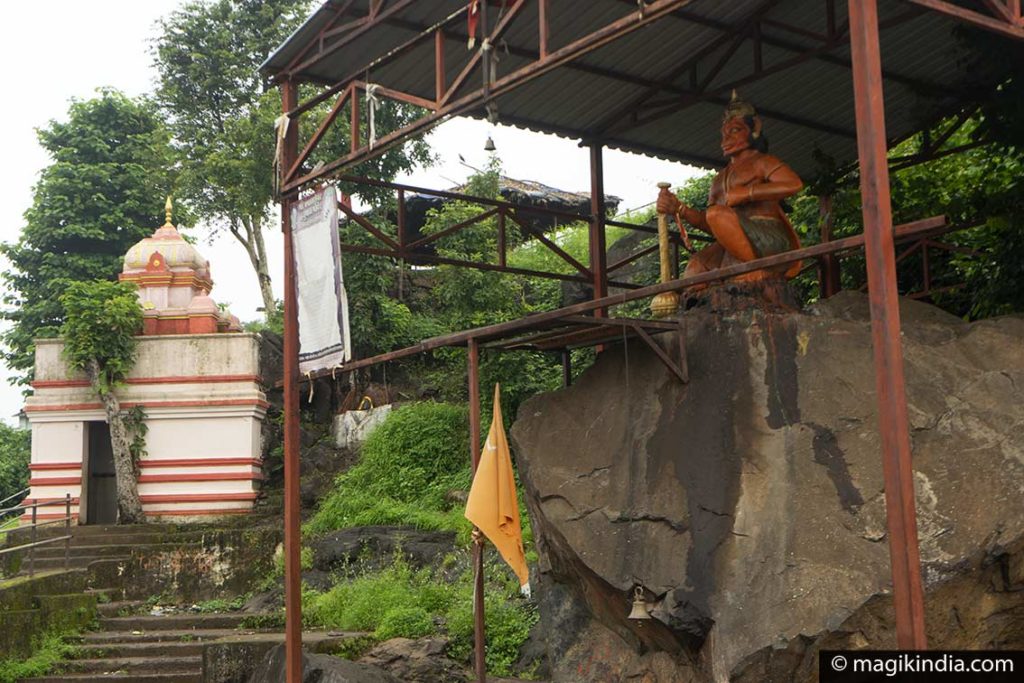

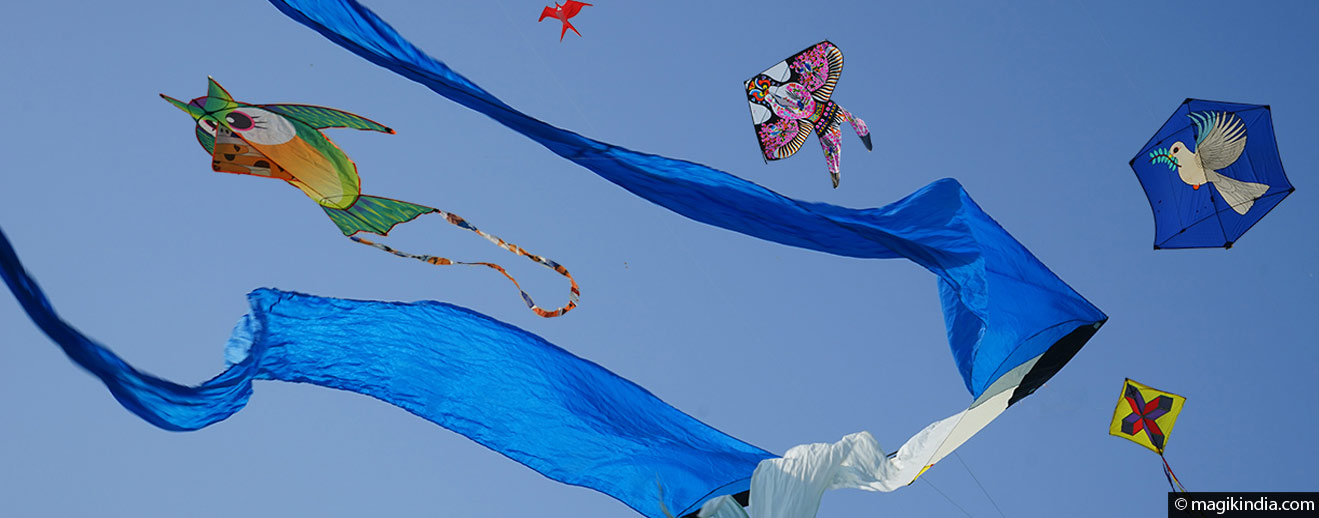
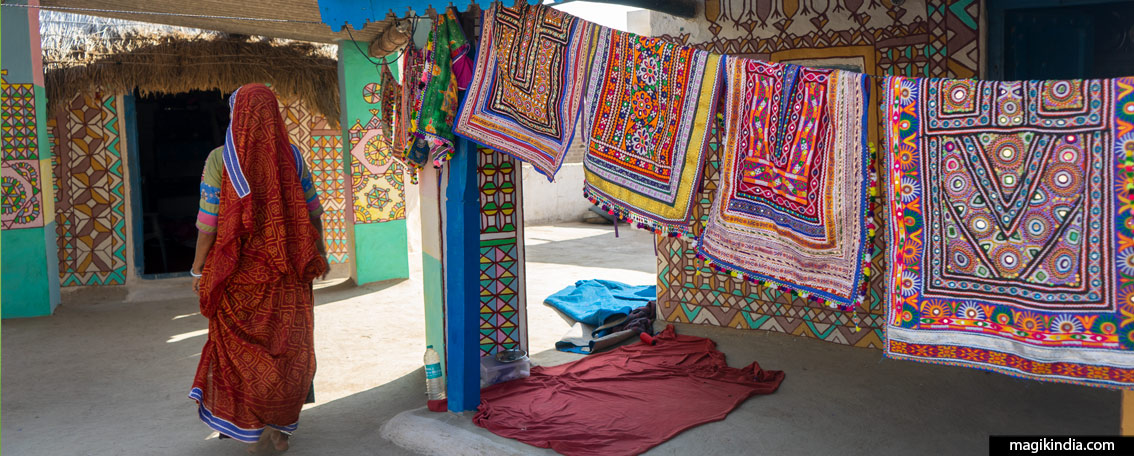
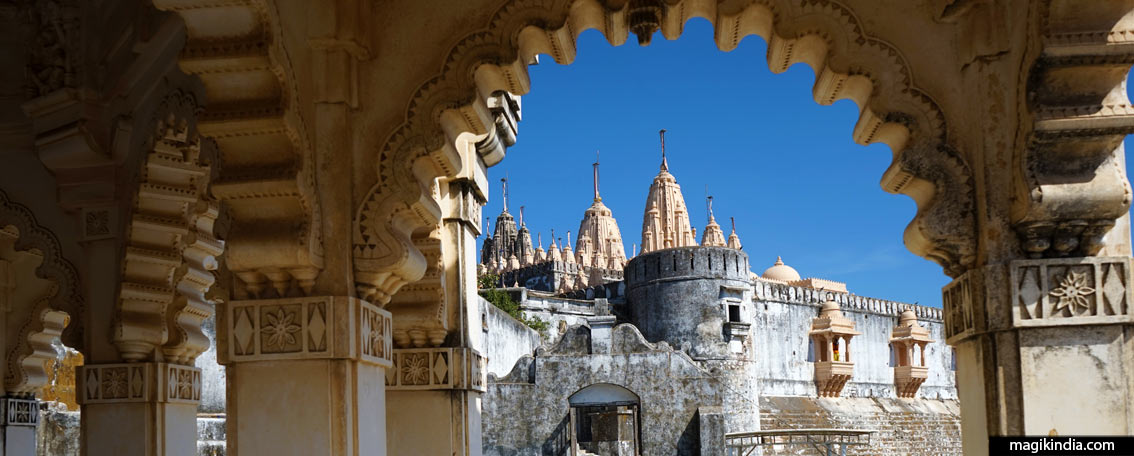

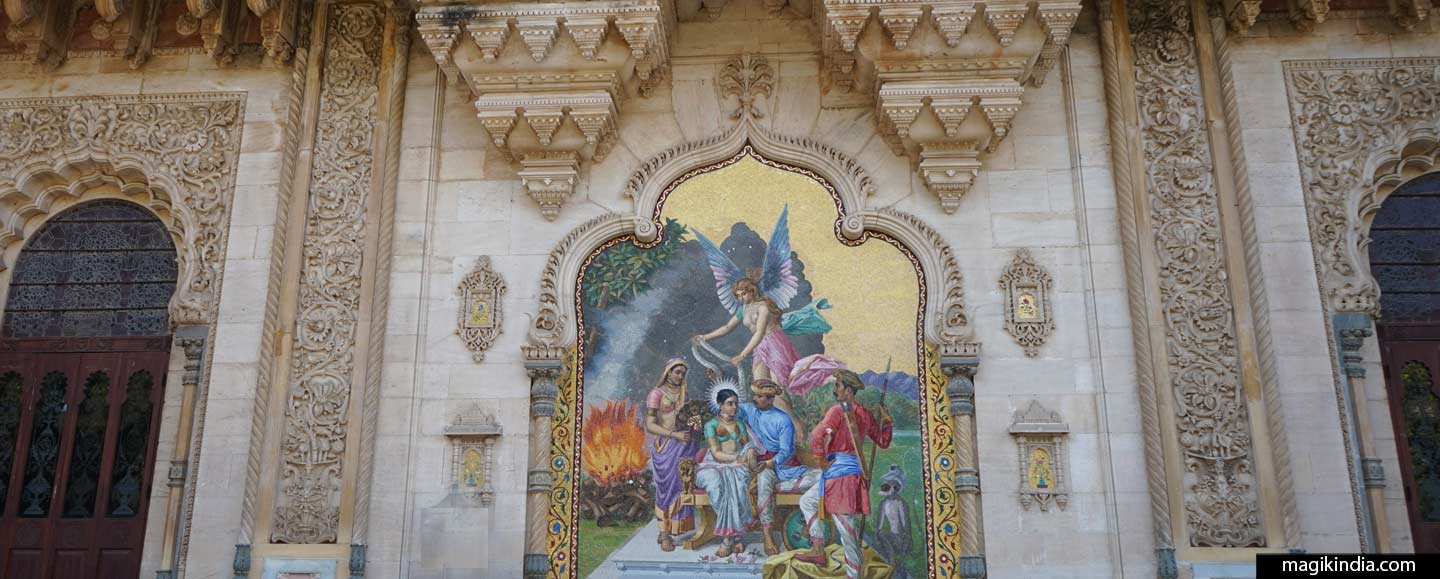
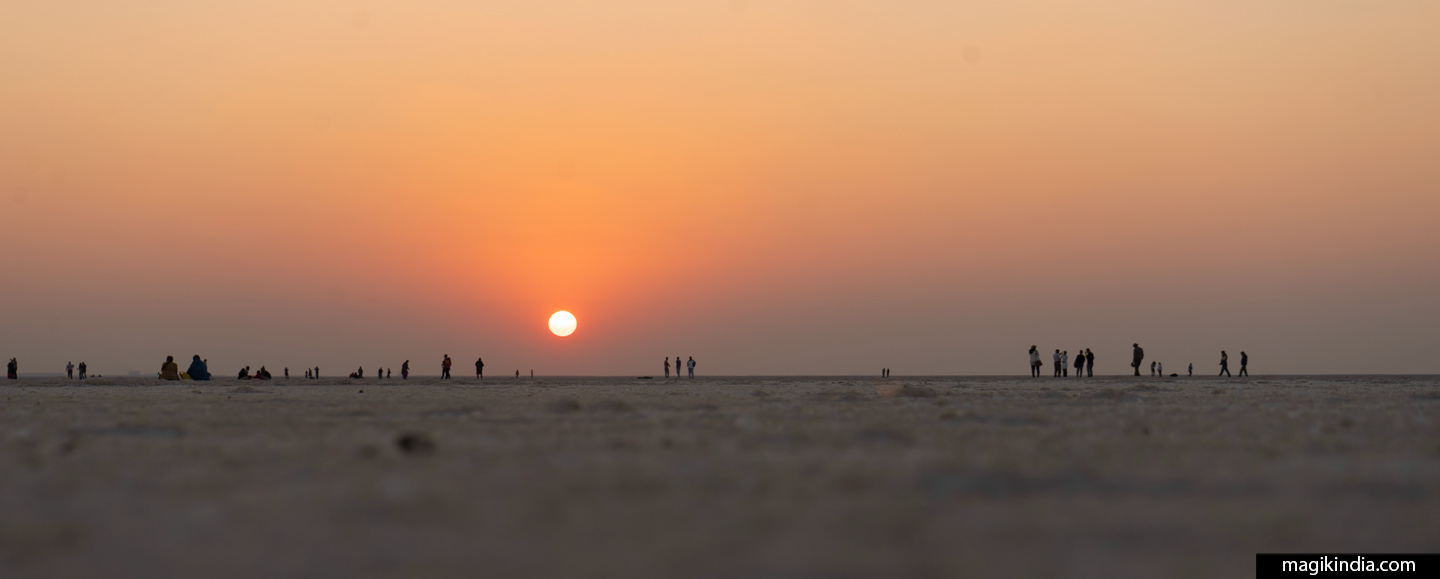
I am living in Bharuch but I did not see this place. Thanks for making the best place list.
Thanks Sagar 🙂
Wow, amazing place. never thought such kind of places has been existed in Gujarat.
And Images are beautiful. I think this place is did not much explored till now.
Thanks for sharing.
Dear Food in train, thanks for your kind message ! Cheers, Mathini